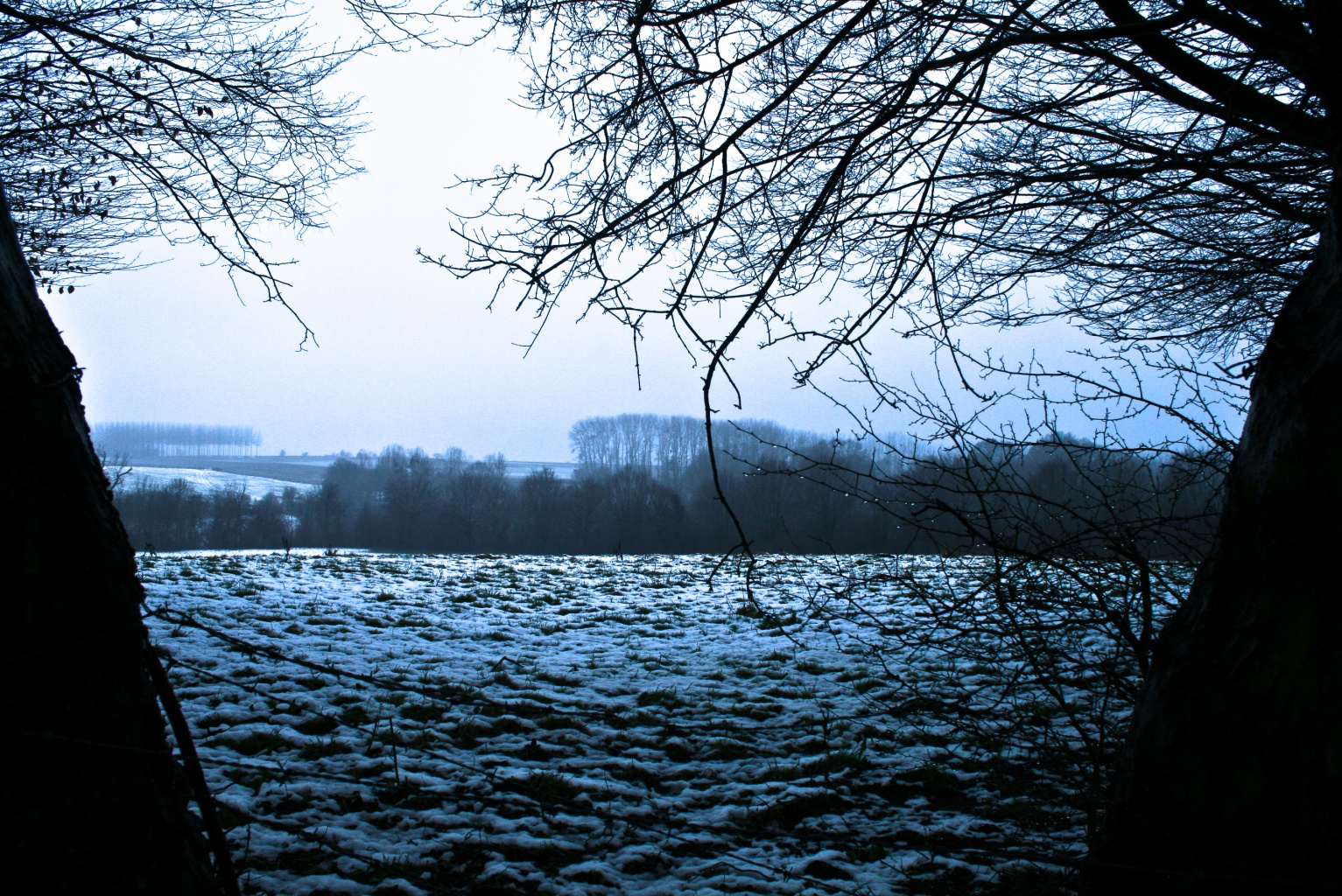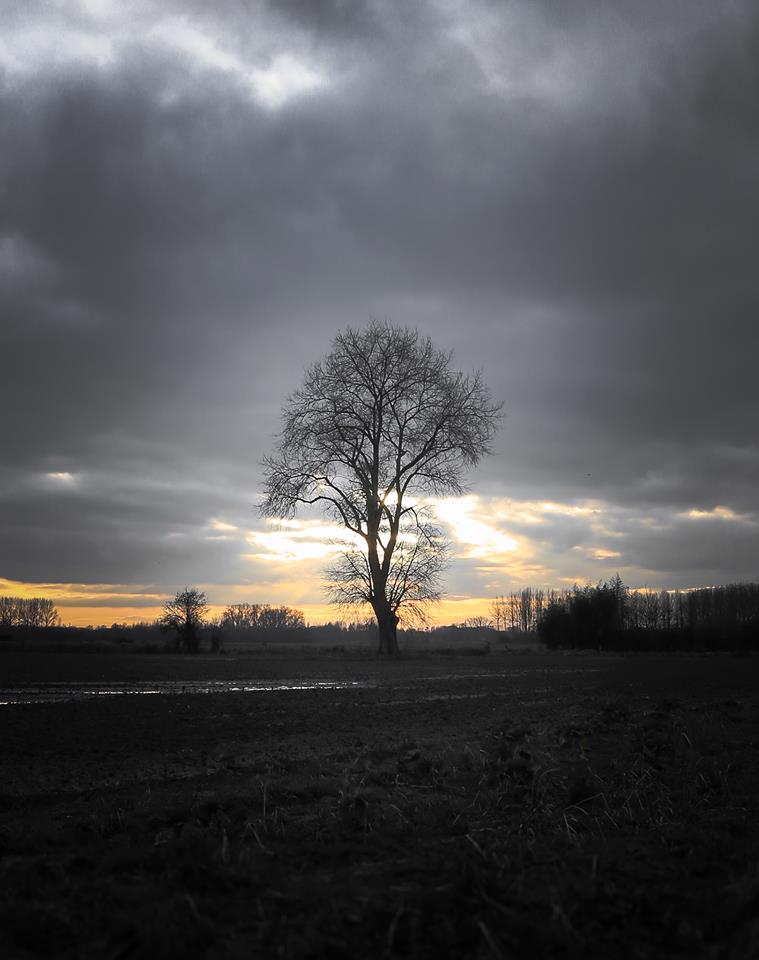
The General Commissioner of Wallonia for tourism Mrs Barbara Destrée kindly agreed to tell EcoTourism Expert about how ecotourism is developing in the French-speaking region of Belgium.
Wallonia with a population of more than 3.6 million people and an area of about 17,000 square kilometers is famous not only for its natural beauty, but also for castles with monasteries, cheeses and beer, and even sparkling wine, which experts called in 2019 best in the world in the category "International discovery".
What is the attraction of Wallonia for those who practice ecotourism?
The possibilities of Wallonia are structurally related to sustainable tourism, ecotourism.
Tourists traveling in Wallonia are attracted by walking or cycling, excursions to cities and rural villages, as well as gastronomy - all that is called slow tourism.
A feature of Wallonia's identity is its environmental sustainability. In this regard, the priorities of the Walloon General Secretariat for tourism are, among other things, to improve the quality of tourism services, including environmental management, rural tourism and cycling.
The latter is progressively developing due to the opening of new routes that attract foreign tourists. These are routes both on the territory of Wallonia itself, the total length of which reaches 350 sq km and the development of which takes from one to two days, and Euro Velo routes that run through the territory of several European States.
Another priority for the Walloon authorities is the conservation of woodlands with the support of European Union programs.
Forests cover 30% of Wallonia, including 10 natural parks and several hundred of nature reserves.

Special attention is paid to local gastronomy: the quality of Walloon products does not need advertising.
How well is ecotourism developed in Wallonia?
An indicator of the commitment to sustainable tourism is the growth of ecotourism enthusiasts who choose Wallonia.
In General, according to statistics, the main demand among tourists coming to us is walking or cycling (20.5% in the structure of demand). This is followed by visits to cities and villages (14.5%), gastronomy and local handicrafts (10.1%), visits to natural sites (5.6%).
For Wallonia, the priority is tourist flows both from Belgium as such and the Netherlands, France, Germany and the UK. The development of cycling as a full-fledged transport for short trips indicates a growing interest in sustainable tourism.
How much ecotourism is aimed at studying nature and instilling respect for it?
Tourism can be a means of education and environmental awareness. Instead to make desperate attempts to combat the influx of mass tourism, they should be redirected to the education of the public environmental awareness.

Mass tourism is an important factor of economic development for many countries. What can be said about ecotourism? Is it economically profitable?
One of the primary levers for creating synergy between mass tourism and sustainable development would be to focus on policies that increase tourism spending per se, rather than simply aiming to increase the rate of attendance.
Mass tourism should continue to play its role as a means of ensuring that the largest number of tourists have access to recreation, but sustainable tourism should be more integrated into the political strategy.
The increase in the influx of international tourists is certainly an important factor, but it should also be taken into account opportunities for domestic tourism or, at least, tourist interest from residents of neighboring countries.
What financial resources does Wallonia invest in sustainable tourism projects?
The result of the introduction in 2012 of the Ecolabel "Welcome Bicycle" ("Bienvenue Vélo") was the allocation in 2016 for the implementation of infrastructure projects of a budget of more than one million euros.
Another ten million euros are allocated to support campsites in the flood zone.
Since 2009, grants in the amount of 1.8 million euros have been allocated to support tourism projects of the non-profit organization "Rural holidays in Wallonia" ("Accueil champêtre en Wallonie").
And this is only a part of all subsidies.
It should be noted that since 2017, Wallonia has joined the "Hotelstars Union", a unified system of standards for hotels, which also has an environmental assessment criterion.
What role does ecolabel play in the development of sustainable tourism in Wallonia?
Since 2015, the Walloon government has been supporting the development of the ecolabel Clé Verte ("Green key"), which is now owned by 69 tour operators, including hotels, cottages, campsites, living rooms and other facilities.
Since 2010, the process of providing an ecolabel is controlled by the Walloon environmental Federation (Fédération Inter-Environnement Wallonie, IEW). To get an ecolabel, candidates must meet a number of requirements, such as the use of renewable energy sources, cleaning products and materials that do not harm the environment, bio-products, as well as rational water consumption and waste sorting.
The Сlé Verte ecolabel is preceded by an independent control procedure, followed by an independent jury evaluation. The criteria are developed internationally and reviewed every four years to ensure that they best meet the requirements of environmental sustainability.
In order to give all structures, including the smallest ones, access to an ecolabel, the Walloon authorities provide candidates with the necessary support. Since 2015, 150,000 euros have been allocated for these purposes.
In 2019, 73 % of international travelers (in 2016 theу were 62%) declared their intention to stay at least once in an eco-settlement, according to data from Booking.
At the same time, 72% of respondents claim that they do not have information about the labeling of environmentally friendly tourist infrastructure.
The non-profit organization Federation of tourist cottages of Wallonia (Fédération des Gîtes de Wallonie), for its part, has introduced several ecolabels (Gîtes Panda, Ecogîtes) to mark an environmentally responsible settlement.
In cooperation with the Walloon anti-poverty network (Réseau Wallon de lutte contre la pauvreté), the Federation is also implementing a program that allows its members to provide Walloon residents who are experiencing financial difficulties with one or more days of free accommodation at their facilities during the year.
For its part, the вepartment of sustainable tourism at the Robert Schumann High school in Libramont has been publishing for a second year a guide of sustainable tourism in Wallonia, which lists various places and settlements that have passed the appropriate testing and demonstrate convincing results in the field of environmental sustainability.
Useful links: http://walloniabelgiumtourism.co.uk/en-gb
